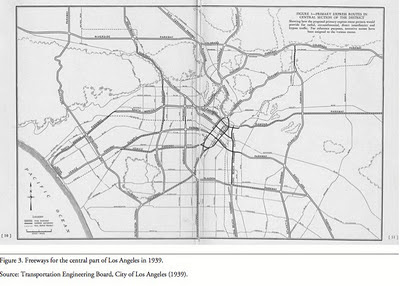We've all tried to cross an über busy street, while walking, near the Wal-Mart(s) in town or can imagine it. The street is screaming with traffic (mostly single occupancy private vehicles)
 and it seems the only way you can crossis to walk to the stop light (if there is one near) and / or running across the wide street in a life-threatened dash. There may be a sidewalk and there may not - in any case walking is an after thought, if a thought at all, to the designers. You can almost feel like you're breaking the law and waiting for the police to stop you and ask what you're doing ... Dude! Where's my car?
and it seems the only way you can crossis to walk to the stop light (if there is one near) and / or running across the wide street in a life-threatened dash. There may be a sidewalk and there may not - in any case walking is an after thought, if a thought at all, to the designers. You can almost feel like you're breaking the law and waiting for the police to stop you and ask what you're doing ... Dude! Where's my car?People Friendly
On the other side of things, you may be in a quant little district or downtown area - perhaps sitting outside enjoying a refreshing drink with friends - and you decide to leave. It's easier to get across the street; perhaps there are curb extensions and other traffic calming installments. It's certainly an easier and a much more pleasant place to walk. If you're lucky, perhaps the street is completely closed to people inside of automobiles. You feel at home and a part of the community.
 If you were in a car, you would want to park it and get out. It's a place for people outside of cars!
If you were in a car, you would want to park it and get out. It's a place for people outside of cars!Can't Have Both
That's where Enrique Peñalosa comes into the equation. He made a name for himself as the mayor of Bogota, Columbia in the early 2000s. He removed parking, took away lanes for automobiles, installed bus rapid transit, and created a car free day that takes place one time per year - on a week day. This guy makes a lot of sense to me. His basic argument is that we can build cities for cars, or we can build them for people, but we can not do both (think of the two examples above). We must first decide what we want and whether we want a city like Houston or Amsterdam. We must then have the VISION and COURAGE to follow through with that vision.
Watch an interview:



